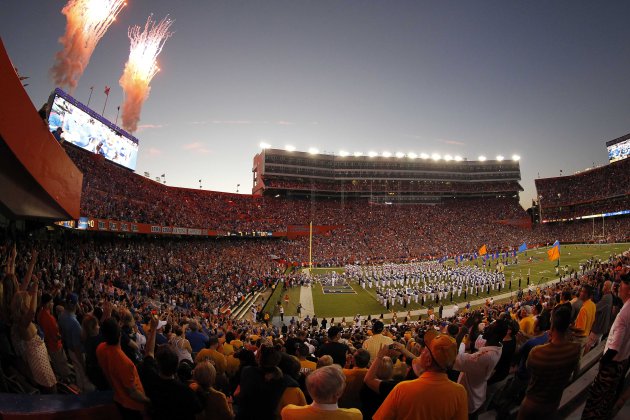Universities spend significant time and resources in recruiting undergraduate students. Unfortunately, graduate recruiting efforts frequently fall victim to ineffective and inefficient practices. As a faculty member and program director of various higher education graduate programs, I have spent much of my career recruiting masters and doctoral students. I have often been frustrated by the lack of attention, planning, and the lack of expertise in how institutions recruit graduate students. In today’s post, I will share the common causes of graduate recruiting problems and discuss how to effectively recruit graduate students.

While undergraduate recruiting often differs substantially by the type of institution, graduate recruiting suffers from many of the same problems across all institutions. Obviously some institutions have more money to throw at the problem or can rely on rankings differently, but few institutions do a strong job with graduate recruiting.





